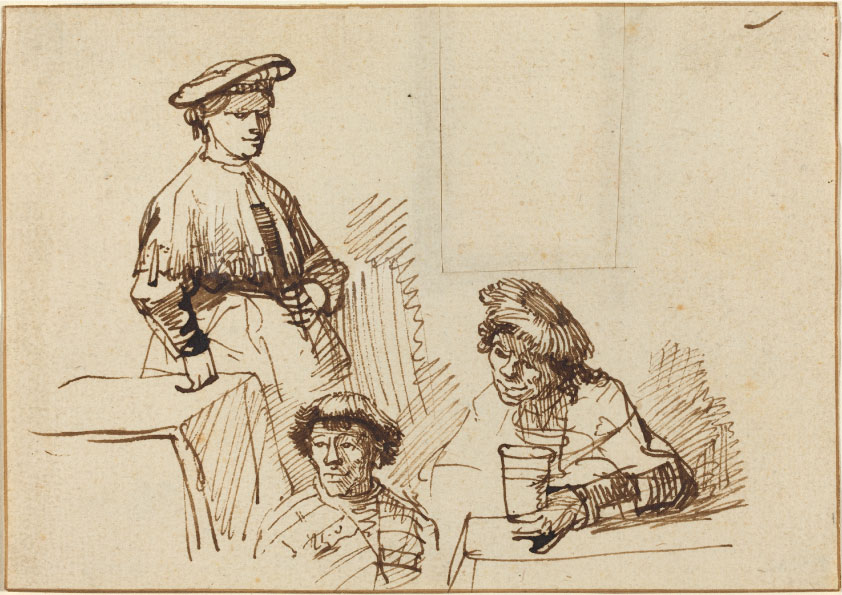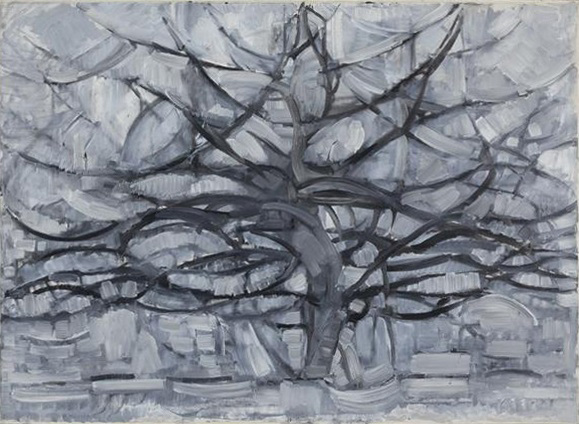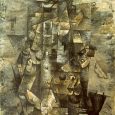Meaning, Definition and Origin of the Word
Let’s start by examining the word “sketch”. The word is originally of Greek origin and means an improvised drawing. The word used as “Skhedios” in Greek was used as “Schizzare” in Italian and evolved into “Schizzo”. Later, the word used as “Skizze” in German was called “sketch” in English. In many languages, it has been called with adjectives such as unfinished, incomplete, etc. Although it is called a kind of preliminary drawing, a preliminary stage, it is an important element in itself, especially in the art of painting. And it is a type of artwork with its own identity.
A sketch, as the name suggests, is a preliminary preparation, a draft. For this reason, there is no concern of finishing while sketching. It is a form of visual record keeping. Just as you write down something you don’t want to forget, a sketch is a kind of visual note.
Anything you do to remember, record or see something you see at that moment or an image that appears in your mind without worrying about finishing it, without fear of making a mistake, can be called a sketch.
Therefore, the dynamism is quite high. You may have even noticed that sometimes you can’t capture the beauty of the lines that appear quickly while drawing. This is probably because of the relaxed and fearless attitude we adopt when sketching. Thanks to this relaxed and fearless attitude, a doodle that belongs only to the moment emerges without a specific goal. This leads to a free form of expression.

What is the importance of sketching?
Sketching is a very instructive and developing habit for an artist, an artist candidate. This situation is actually a way of life. This is how the artist notes something he sees visually. For example, you liked a dog lying on the street very much and made a quick drawing of it. Or you saw a beautiful tree and you stood in front of it and recorded it in this way.
In the meantime, you learn the texture and structure of that tree or object with a kind of anxiety, and at the same time you visually note down what you have learned. For this reason, especially when you draw from a moment you are in, the instructivity of this situation is very firmly grounded.
Of course, nowadays phones and cameras have taken over the task of recording. However, while a sketch is a visual note born from the meeting of an element in nature and your mind, a photograph leaves no room for such an interpretation. A sketch is not only a record, but also a kind of experiencing tool for the artist. This visual experience is the artist’s way of communicating with everything he sees in front of him, everything he imagines, and this communication is both an aesthetic pleasure and a kind of teaching for the artist. A sketch can make you feel that the air is very cold through a dried tree leaf.
Taking a photo of a dry leaf on a winter day and drawing that leaf on a warm table by looking at the photo of the leaf causes us to miss experiencing that leaf in its entirety. Because that leaf is not just a leaf, it is also cold, winter, wind, maybe a timid rustle, maybe an insect, maybe a changing color of daylight. But it is certainly not a lifeless moment, coldly plucked.
For this reason, the sketch has its own spirit, its own vitality.

How Often Should I Practice Sketching?
There are no limitations to this situation. However, when sketching becomes a habit, it can contribute to you in a better way. As we mentioned, it is a way of life. But especially beginners want to hear clearly how fast they can improve. The answer is that you never know. Draw something, even if it’s just for 10 minutes a day, and you’ll be surprised at the results.
What is a Sketchbook?
Sketchbook, Sketching Paper, Drawing Paper, etc. Scribbling can be done with all kinds of materials suitable for drawing, which can be called by many names and can be called accordingly. Therefore, it is possible to work with all kinds of materials. Let’s come to that critical question that we all have in mind:
What Should a Good Sketchbook Look Like?
Actually, before answering this question, I feel the need to give some preliminary information: you don’t need very expensive sketchbooks or pens to sketch, you can sketch with any piece of paper and any material that leaves a trace (coal, burnt wood, pencil, etc.).
Because the main purpose here is to experience an image, to communicate. When considered in this context, it is obvious that the material does not matter much. Sometimes a piece of coal can give better results than a very expensive pencil. What matters is not the material in hand but who has it. For this reason, since all kinds of experiments will strengthen this communication, it will be enough to look for a way to create this experience without getting hung up on the material.
However, the paper or sketchbook you choose will vary according to your purposes. If you are going to work only with dry materials, 90 gr. or 120 gr. textured or untextured paper or sketchbook will be sufficient for you.
However, if you plan to work with paint (acrylic, watercolor, gouache, oil paint), it would be a better choice to buy high weight paper specially designed according to the paint you will use. Apart from these, alternatives that you produce yourself according to your usage areas will also be suitable.
Types of Sketch, Which One Should I Buy?
If you have been in this habit for a long time, there are already notebooks that you prefer and that you think are more suitable for you, sometimes it can take a long time to find the right one. You may not get the efficiency you want from the texture of a notebook whose cover you really like, or it may be difficult to safely store a notebook whose texture you really like.
As a result, you can sketch with any material on any plane, and the material and surface you choose will be shaped according to your area of use and preference. As mentioned above, any material that leaves a mark can be used for this purpose.
It should not be forgotten that sketches are valuable in their own right, especially old masters were very sensitive about this and had very important archives. Rembrandt’s quick ink sketches, for example, show how powerful his expression was. For this reason, it is necessary to create a good collection and protect it well. Many young aspiring artists are not sensitive enough to preserve these pieces until they fully grasp the culture of sketching.
However, it should not be forgotten that even the smallest line can be the first point of a huge painting, the first sprout can born from there. A page you scribbled years ago can bring you to the point of doing something big years later. If painting is a process, the first spark of this process is born from a sketch.

“Even journey of a thousand miles begins with a single step.”
Lao Tzu
